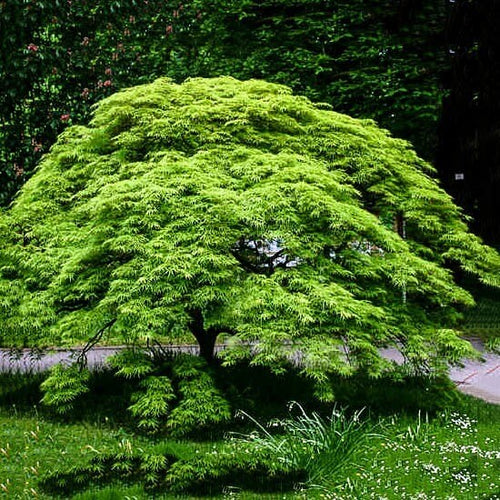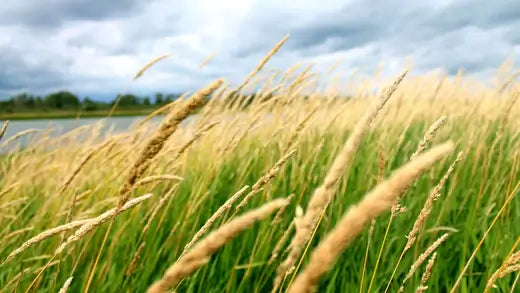What Is A Japanese Maple Tree?
Japanese Maple Trees are popular among homeowners because they have beautiful leaves that turn deep red, purple, and orange during the fall. They have a height of 15–25 feet and spread to 20 feet wide.

How Do You Care For Japanese Maple Trees?
Japanese maples need full sun, but they can tolerate partial shade. They like well-drained soil but can grow in clay or sandy soils with drainage. They also need regular watering during hot weather, especially when young and transplanting.
How Much Sunlight Can A Japanese Maple Tree Take?
The best place for a Japanese maple tree is in full sun, where it will get not less than six hours of direct sunlight per day. If there is not enough direct sunlight, consider adding more light with artificial lights or pruning back branches to allow more light through the canopy.
Do Japanese Maple Trees Back Up Every Year?
Japanese maples do backup every year. The tree will have a larger canopy in the spring than the year before but will eventually level off when it reaches its mature size.
What Does A Japanese Maple Tree Look Like?
The leaves on Japanese maple trees are bright red, orange, or yellow in the fall and spring. They have palmate leaves with five lobes that grow up to 6 inches long. The bark on Japanese maples is grayish-brown with scaly plates that peel off in strips.
Where Do Japanese Maple Trees Grow?
Japanese maples grow best in U.S. Department of Agriculture plant hardiness zones five through eight. Still, they can also survive in cooler climates with protection from the cold winds or freezing temperatures.
What Are The Environments In Which Japanese Maple Trees Grow?
Japanese maple trees grow best in areas with sun exposure and well-drained soil. These trees could do better in areas with poor drainage or heavy clay soils, which tend to stay wet during warm weather.
Are Japanese Maple Trees Toxic?
Japanese maples are not toxic to humans or animals but have been known to cause skin rashes in some people.
How Do You Grow Japanese Maple Trees?
The best way to grow these trees is by planting them in early spring or fall. If you want to plant them in pots, they need at least 50 gallons of soil, with plenty of room for root growth.
How Do You Care For Japanese Maple Trees?
Once established, Japanese maples require little care other than watering during dry periods and pruning back any dead or damaged branches from time to time.
How Did Japanese Maple Get Their Name?
The Japanese maple gets its name from the country it comes from, Japan. This is because many came with Europeans who traveled to Asia during the early 1800s and brought some home.


















































